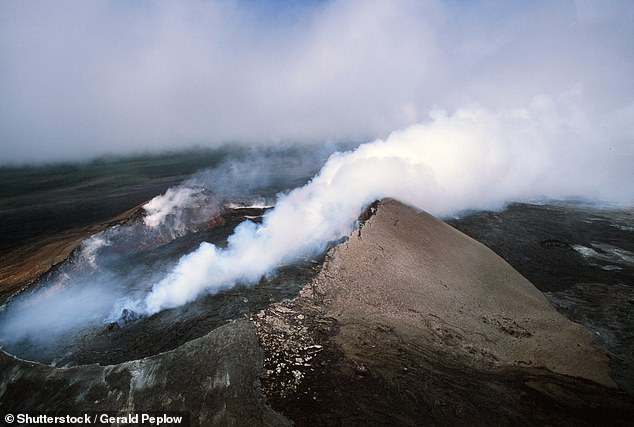
Pacific Ring of Fire Volcanoes Erupt Simultaneously, Triggering Heightened Expert Alerts
Increased Volcanic Activity Along the Pacific Ring of Fire Sparks Vigilance
[Image: Map of the Pacific Ring of Fire, highlighting volcanic zones and tectonic boundaries.]
The Pacific Ring of Fire, a 25,000-mile chain of volcanoes and seismic zones encircling the Pacific Ocean, is experiencing heightened activity, prompting close monitoring by scientists. Recent unrest at multiple volcanoes—including Alaska’s Great Sitkin, Hawaii’s Kīlauea, Washington’s Mount Rainier, and Oregon’s undersea Axial Seamount—highlights the volatile nature of this geologically dynamic region.
Alaska’s Steady Eruptions
The Great Sitkin Volcano in the Aleutian Islands has been erupting since 2021, with lava slowly filling its summit crater. Satellite data confirms the non-explosive flow continues southwest, posing no immediate threat to air travel or communities. Nearby, Mount Spurr—site of a massive 1992 eruption—has seen shallow earthquake swarms since February, though no magma movement is detected yet. Both remain under advisory-level monitoring.
[Image: Lava dome at Great Sitkin Volcano, Alaska.]
Kīlauea’s Building Pressure
Hawaii’s Kīlauea, one of Earth’s most active volcanoes, paused lava fountains in mid-2025 but is now building pressure again. Scientists anticipate renewed eruptions between July 17–20. Elevated sulfur dioxide emissions (1,200–1,500 tons/day) signal magma resurgence. Kīlauea’s 2018 eruption destroyed over 700 homes, making its current deformation and seismic activity critical to track. Unlike Ring of Fire volcanoes, Kīlauea forms from a mantle hotspot beneath the moving Pacific Plate.
[Image: Kīlauea’s lava lake with glowing fissures.]
Mount Rainier’s Earthquake Swarm
In early July, Mount Rainier recorded its largest earthquake swarm since 2009—334 tremors in two days. While minor (magnitude <1.7) and deep beneath the summit, the swarm underscores its status as a high-risk volcano. Rainier’s glacial ice raises concerns about lahars—deadly mudflows that could reach nearby towns like Orting within minutes. A 2023 USGS study warns even small eruptions or quakes might trigger these cascades.
[Image: Snow-capped Mount Rainier with seismic activity overlay.]
Axial Seamount: Silent but Active
Off Oregon’s coast, the underwater Axial Seamount is steadily inflating, with scientists predicting a 2025 eruption. Situated 300 miles offshore, its eruptions—rich in magma but harmless to humans—are closely studied via seafloor sensors to understand submarine volcanic behavior.
[Image: Hydrothermal vent on Axial Seamount’s ocean floor.]
Why the Ring of Fire Matters
The Ring of Fire is a hotspot for tectonic activity, where the Pacific Plate subducts beneath neighboring plates, fueling quakes and eruptions. While current volcanic unrest poses no imminent danger, experts stress vigilance. Lahars, ash clouds, and pyroclastic flows—not lava—are often the deadliest hazards.
Conclusion
These geological events align with long-term patterns, emphasizing the need for preparedness rather than panic. Continuous monitoring and public awareness remain vital in mitigating risks for communities near these natural wonders.
[Image: Satellite view of the Pacific Ring of Fire.]
Word count: ~600


